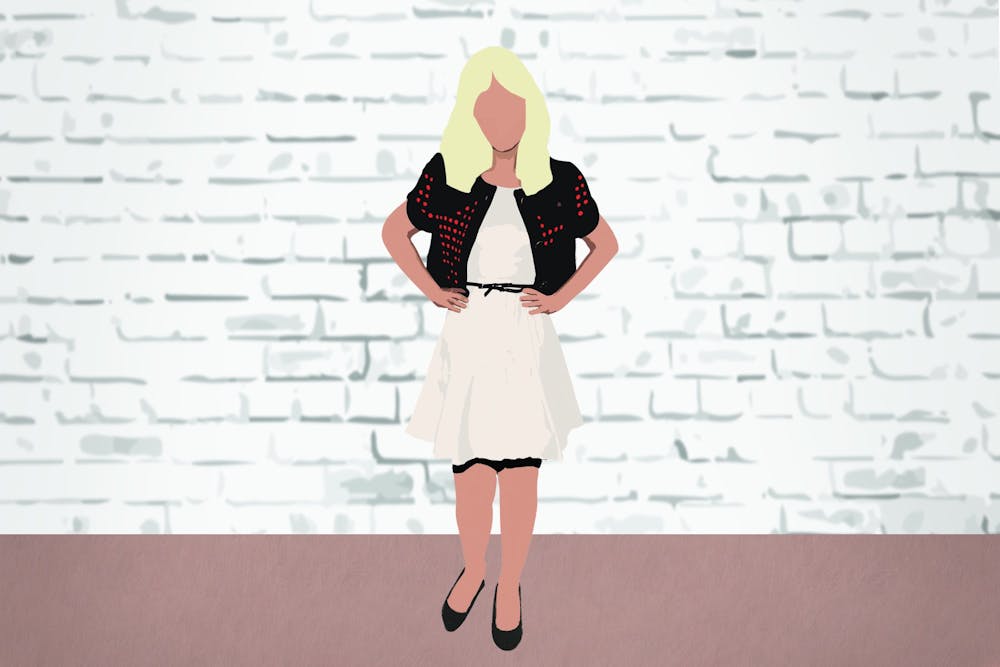Following the Y2K cocaine-fueled haze of the early 2000s, the 2010s brought a new, more adorkable style to the forefront. The party girl was dead and 2014 brought her replacement.
Its name was twee, and the new fashion style followed more innocent retro-inspired guidelines. The core of twee dressing included bright colors, A-line silhouettes, peter pan collars and a host of different patterns from polka dots to stripes to houndstooth patterns.
However, like the styles that predated twee, the unique way of dressing also had beauty standards attached to it. In the early 2000s, the fashion icons were Britney Spears, Paris Hilton and Lindsay Lohan. The popularity of these girls also brought the rise of the “bobblehead” body, or lollipop girls.
Lollipop girls referred to the appearance of female celebrities with thin, emaciated bodies that made their heads look huge — like a lollipop on a stick. This focus on thinness as a fashion accessory then transformed into another harmful style for young women: heroin chic.
So, what do Y2K and heroin chic have to do with the sickly sweet cutesy style that is twee? A cycle revival.
Related: [OPINION: Fashion doesn’t define queerness]
Fashion is cyclical, and twee is reminiscent of a school-girl ‘60s look with modern elements. Y2K was bright, with its focus on going-out fashion, and it was a bubble-gum-pop party-girl look. As for heroin chic, it was a darker response to the Y2K era.
Following the bad-girl aesthetic that came with both of those styles is twee: bright colors, mixing patterns and a more child-like attitude. Twee is light and sweet; it has an innocence to it, and to accompany this is twee’s poster child, Zooey Deschanel.
The leading lady of twee sparked the style’s association with innocence and joy — something that is strongly tied to Deschanel and the characters she plays.
However, the style itself is seeing a resurgence. On TikTok, twee is trending, and people are predicting that it will be the next big thing again.
If true, twee needs a few changes.
The style, much like Y2K and heroin chic, relies on a thinner body type. During its heyday, twee also catered to a majority white demographic — something else that would need to change for the style to be popularized again.
Related: [OPINION: Fashion trends that aren’t fashionable]
Twee’s sweet, fun look hides its issues. But for a resurgence, it needs to be able to accommodate everyone and cater not only to thin white women, but to diverse bodies and lifestyles. It must be more inclusive overall.
While I would love twee to remain dead, simply because of the gaudiness it brings to fashion, I can’t deny its ability to be revived. The light-hearted approach to styling is bright and fun, even if it is tacky.
Twee is not all bad. Peter pan collars and tulle skirts can be fun in a preschool-teacher kind of way. But for this style revival to happen, modern twee needs to leave behind its size limit and be more inclusive for all. Then everyone can wear twee and look ridiculous together.
Curren Gauss (she/her) is a junior majoring in English with a minor in playwriting. She hopes to someday have a job.






